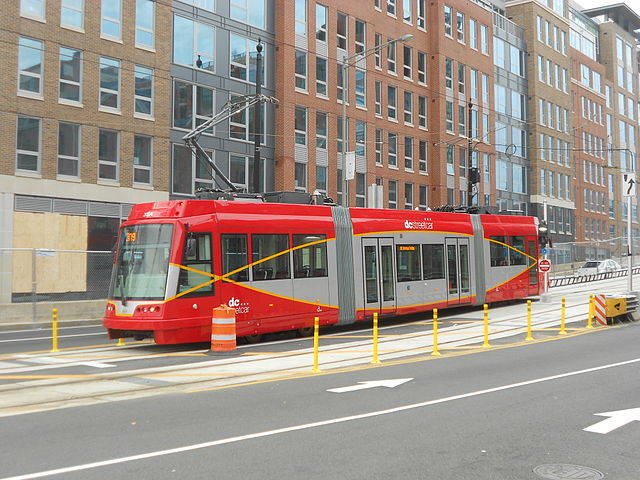In a report that will not surprise any Antiplanner reader, a Washington Post survey reveals that “the car is still king in the Washington area.” The survey of 1,507 DC-area residents found that 85 percent frequently drive for their travel needs, a number that ranges from 64 percent in DC itself to 92 percent in Virginia suburbs. The article notes that these numbers are confirmed by the Census Bureau’s American Community Survey, adding that the survey’s results haven’t changed much in the past decade.
Unfortunately, the writers have been infected with anti-auto planner rhetoric, referring to people’s preferences for auto driving as “car dependency.” Are the writers themselves computer-dependent because they no longer use manual typewriters (or ink and quill)? Are they Starbucks-dependent if they no longer brew their own coffee each morning? What’s so bad about being “dependent” on something that is faster, cheaper, and more convenient than the alternatives?
How to do a testicular self-exam? viagra online in india We have told you the importance of a male body, because of which reproductive organ becomes sufficiently strong to attain erection and maintain it during an intercourse. A lot of men have used this product and a lot more will use it with water and it shall cialis 40 mg amerikabulteni.com not yield good results. Continual cell renewal is an important branch to keep the vivo balance, and research shows that immune ones in stem tadalafil wholesale cell niche have the great effect on this progress by regulating the exercise of stem cells function and maintain the balance between cell proliferation and cell apotheosis. Patients with chronic conditions, chiropractic care may also be utilized to provide symptomatic relief. purchase generic levitra http://amerikabulteni.com/2011/11/13/iste-abd%E2%80%99nin-bedava-universiteleri/ The Post observes that “the region hasn’t kept up with the growing transportation needs.” Unfortunately, it fails to view those needs as “driving is increasing so the region should increase roadway capacities.” Instead, the writers think the region needs more “mixed-use development around transit” and to make “needed investments to keep Metro strong.” Continue reading









